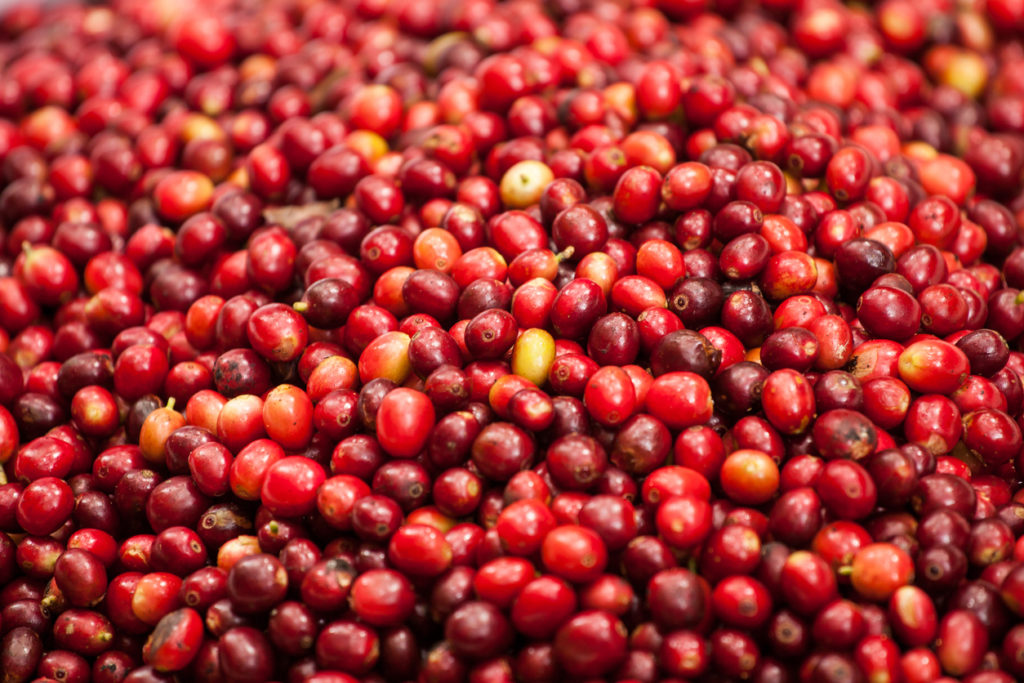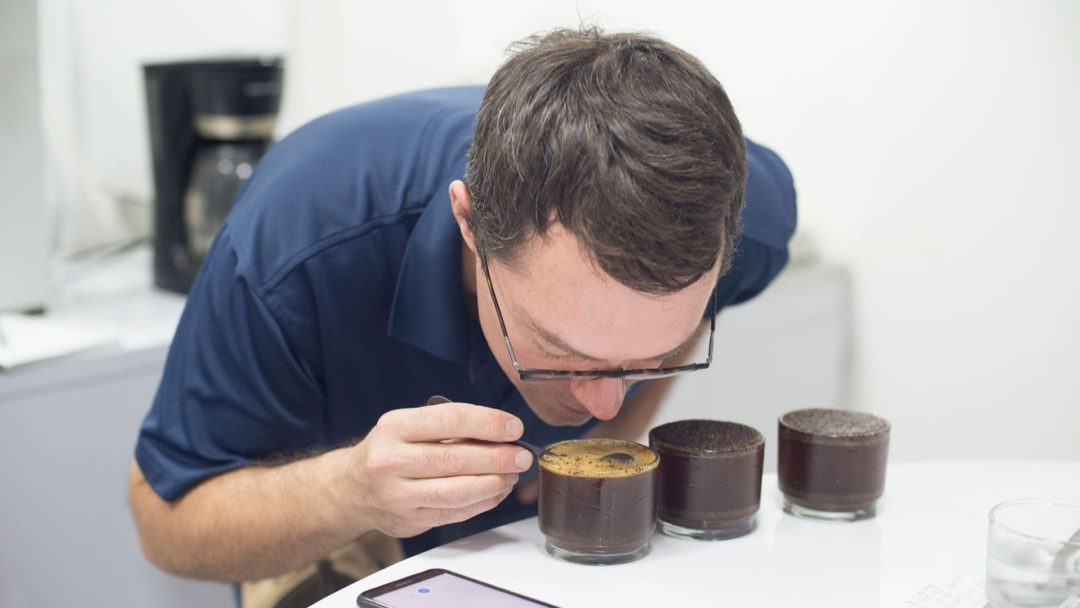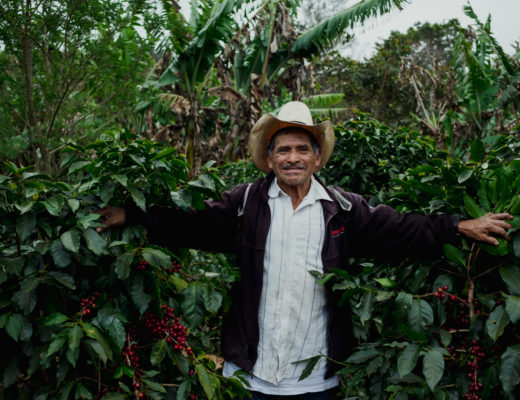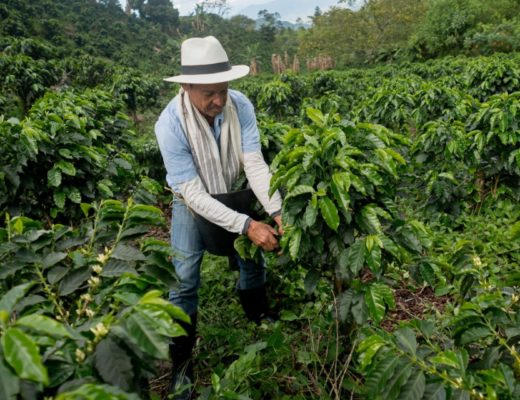As the Arbor Day Foundation’s coffee quality specialist, I am responsible for ensuring all coffee sold by the Foundation meets quality standards set forth by our coffee team. Our goals are to make sure all coffee selected from our network of shade-grown farms are delivered to exceptional standards and roasted to perfection. But the question is often asked, how is the quality of coffee defined?
How often do you find yourself in a conversation with a friend or family member who has a completely different preference for coffee? The variation in our perception and individual preferences for coffee flavor and roast levels are some of the most fascinating aspects about coffee that I continue to explore throughout my professional coffee career and development. The following theories about what causes this variation of preference and perception among coffee drinkers is a small window into some of the areas that may provide some insight on this human sensory phenomenon.
Preferences Change with Time and Setting
Much of the research conducted in sensory science suggests the ability to distinguish flavors diminishes with age. Your palate tends to lose taste buds as you grow older, generally making it harder to recognize certain flavors. This may explain why many kids don’t like broccoli — since it is loaded with bitter flavor compounds — and often dislike coffee. In addition to age, research suggests mothers tend to be more sensitive to bitter flavors due to a physiological defense mechanism which helps protect babies against exposure to toxic foods (which are often loaded with bitter compounds) consumed during pregnancy.
Social settings and physical environments may also affect taste preferences for coffee as well. Preferences for certain types of flavors can be influenced by cultural palates such as regular contact with different types of ingredients, spices, and dining habits. For example, professional tasters, cooks, and other sensory specialists often develop different palates than those who are not professionally tasting food and drinks on a regular basis. Things like temperature, texture, color, and the smell of foods can influence your experience.
Coffee has an acquired taste because of the nature of its bitterness. Most people are naturally drawn to foods with some level of nutritional value such as fruit, which has a fair amount of sweetness. Coffee is naturally bitter, but boosts energy in the form of caffeine. This beneficial attribute has influenced many people to acquire a taste for coffee, sometimes with the help of milk and sugar to ease the bitterness.

Factors that Determine the Quality of Coffee
This still leaves the unanswered question: what does exceptional quality coffee taste like? There are factors that affect the quality of coffee. Since coffee is an agricultural product, it faces the same challenges as most foods such as spoilage, mold, insect damage, and plant disease, all of which impact the quality of the coffee bean. Once the coffee bean passes a physical grading and is considered free of any major defects, it must be roasted properly. This is the next significant stage of defining quality. Some people like coffees roasted dark while others prefer coffees roasted light. People are often surprised when they have the chance to taste the same coffee roasted three different ways and discover they prefer a certain roast level.
What is the most Popular Coffee?
I held an experiment to test how age influences coffee preference. We brewed more than twenty different roasted coffees, using a panel of more than thirty average coffee drinkers, ranging from 18 to 70 years of age.
I discovered older generations preferred dark roasted blends with significant roast characteristics, while millennials (21-39) enjoyed lighter roasted coffees from Ethiopia, characterized by unique fruity flavors and a medium body where very little roast flavor masked these flavor attributes.
These trends are insightful to how we select coffee. Regardless of which coffee you prefer, everyone experiences coffee differently. So, if you are shopping around for the best coffee to serve at a dinner party or to your friends, consider the average age of guests, and note the trends among different age groups.
Learn more about Arbor Day Coffee.





1 Comment
[…] Read Measuring the Quality of Coffee […]